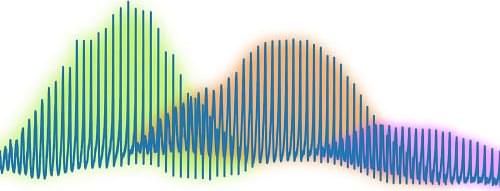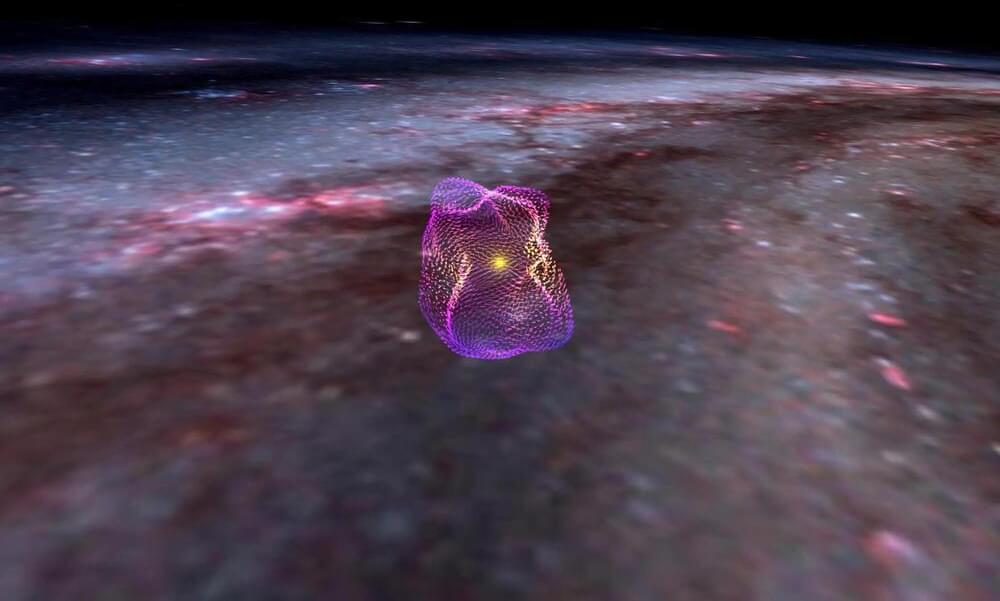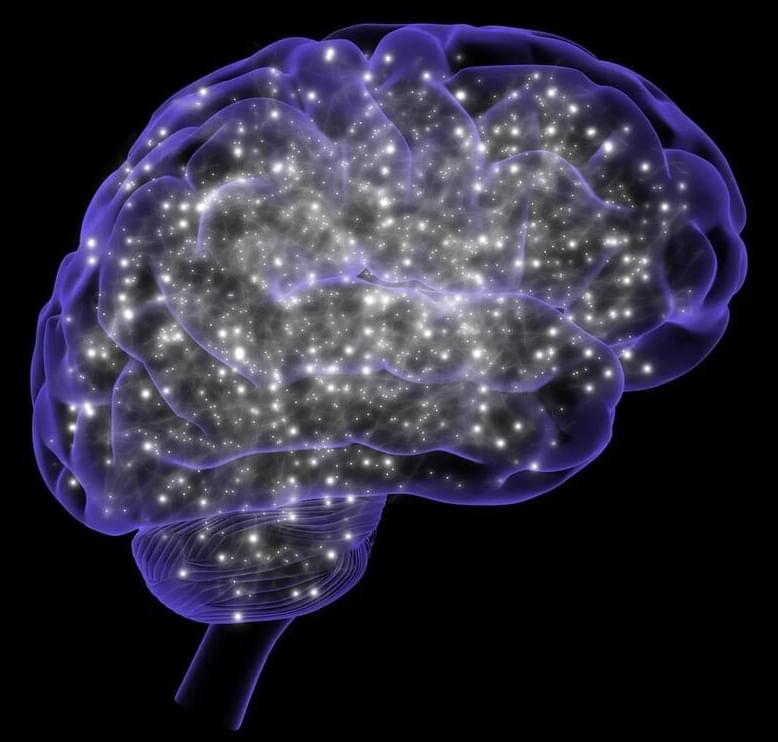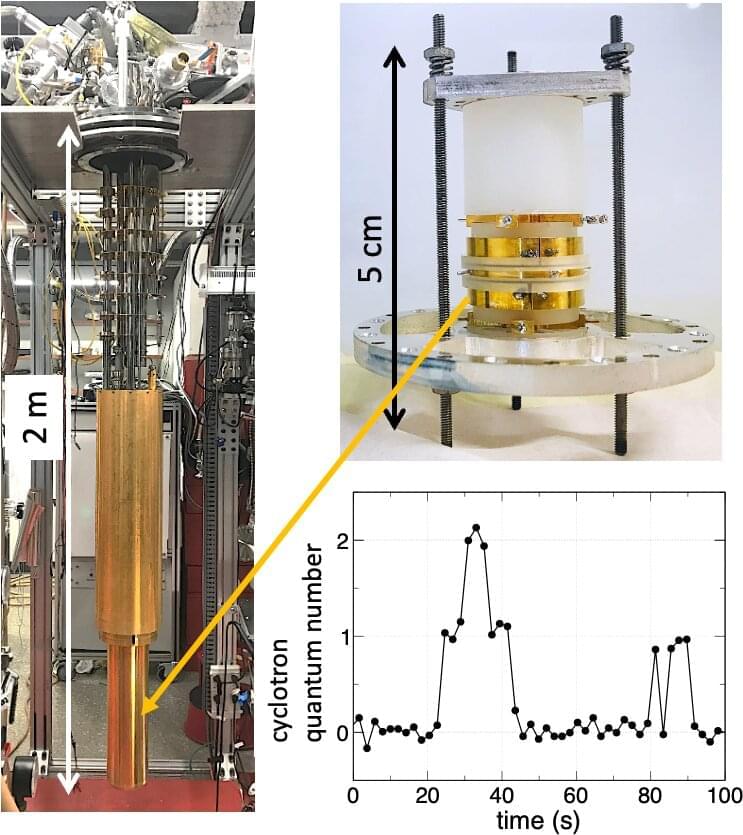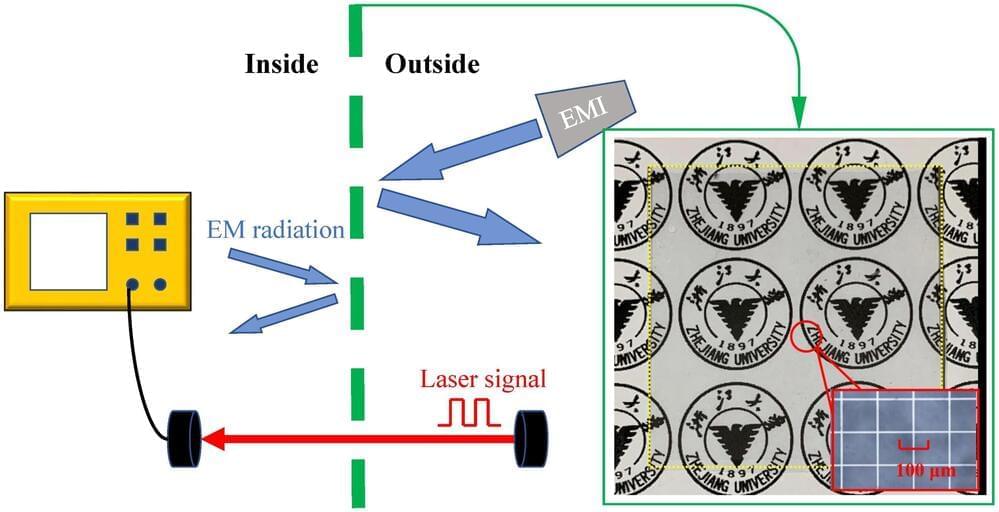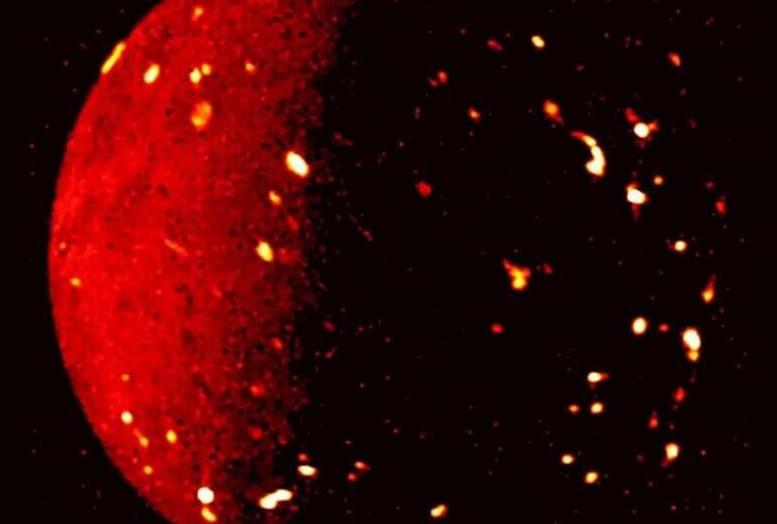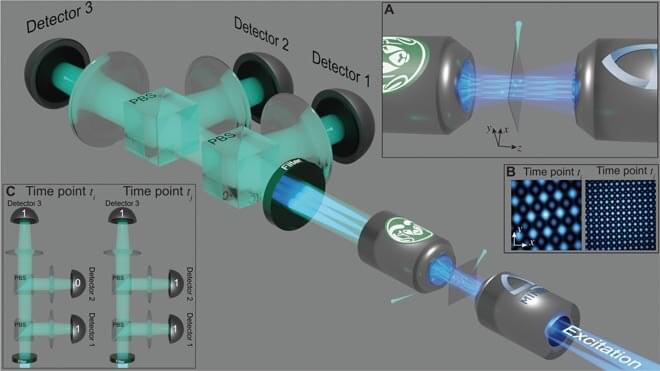Captivating patterns found in the light scattered by an evaporating water droplet could be used to infer the properties of the droplet as it shrinks.
Hackers have leveraged a critical remote code execution vulnerability in Realtek Jungle SDK 134 million attacks trying to infect smart devices in the second half of 2022.
Exploited by multiple threat actors, the vulnerability is tracked as CVE-2021–35394 and comes with a severity score of 9.8 out of 10.
Between August and October last year, sensors from Palo Alto Networks observed significant exploitation activity for this security issue, accounting for more than 40% of the total number of incidents.
Controlling the trajectory of a basketball is relatively straightforward, as it only requires the application of mechanical force and human skill. However, controlling the movement of quantum systems like atoms and electrons poses a much greater challenge. These tiny particles are prone to perturbations that can cause them to deviate from their intended path in unexpected ways. Additionally, movement within the system degrades, known as damping, and noise from environmental factors like temperature further disrupts its trajectory.
To counteract the effects of damping and noise, researchers from Okinawa Institute of Science and Technology (OIST) in Japan have found a way to use artificial intelligence to discover and apply stabilizing pulses of light or voltage with fluctuating intensity to quantum systems. This method was able to successfully cool a micro-mechanical object to its quantum state and control its motion in an optimized way. The research was recently published in the journal Physical Review Research.
About the Center for Astrophysics | Harvard & Smithsonian
The Center for Astrophysics | Harvard & Smithsonian is a collaboration between Harvard and the Smithsonian designed to ask—and ultimately answer—humanity’s greatest unresolved questions about the nature of the universe. The Center for Astrophysics is headquartered in Cambridge, MA, with research facilities across the U.S. and around the world.
MIT neuroscientists have found that the adult brain is filled with millions of “silent synapses” — immature connections between neurons that are not active until they are needed to help create new memories.
It was previously believed that silent synapses only existed during early development, playing a role in helping the brain learn new information encountered in early life. However, the new MIT
MIT is an acronym for the Massachusetts Institute of Technology. It is a prestigious private research university in Cambridge, Massachusetts that was founded in 1861. It is organized into five Schools: architecture and planning; engineering; humanities, arts, and social sciences; management; and science. MIT’s impact includes many scientific breakthroughs and technological advances. Their stated goal is to make a better world through education, research, and innovation.
Approximately 85% of the mass of our galaxy is comprised by dark matter, matter that does not emit, absorb or reflect light and thus cannot be directly observed. While several studies have hinted at or theorized about its composition, it remains one of the greatest unresolved physics problems.
Physicists all over the world have been conducting dark matter searches or trying to come up with new methods to directly observe different dark matter candidates. One hypothetical form of dark matter that has so far eluded detection is dark-photon dark matter.
An intriguing possibility is that dark matter is comprised of dark photons, which resemble photons (i.e., the particles that make up visible light), but interact with charges with feeble strength. These dark photons could theoretically have masses in the milli-electrovolt range, approximately a million times lighter than those of electrons and thus notoriously difficult to detect.
Researchers have experimentally demonstrated, for the first time, a mechanically flexible silver mesh that is visibly transparent, allows high-quality infrared wireless optical communication and efficiently shields electromagnetic interference in the X band portion of the microwave radio region. Optical communication channels are important to the operation of many devices and are often used for remote sensing and detection.
Electronic devices are now found throughout our homes, on factory floors and in medical facilities. Electromagnetic interference shielding is often used to prevent electromagnetic radiation from these devices from interfering with each other and affecting device performance.
Electromagnetic shielding, which is also used in the military to keep equipment and vehicles hidden from the enemy, can also block the optical communication channels needed for remote sensing, detection or operation of the devices. A shield that can block interference but allow for optical communication channels could help to optimize device performance in a variety of civilian and military settings.
For many avid outdoorspeople, summertime and camping go hand in hand. But as climate change continues to drive summer temperatures higher, outdoor recreation could become less relaxing—and cooling technologies like fans and portable air conditioners require electricity that is seldom available at the average campsite.
Seeing an unmet need, UConn researcher Al Kasani, working with Technology Commercialization Services (TCS) and the university’s Center for Clean Energy Engineering (C2E2), has developed a new off-grid technology that allows a tent’s internal temperature to cool up to 20°F below the ambient temperature.
The tent requires just one external element to function, one that is typically found in abundance around campsites: water. A single gallon of water can power the tent’s cooling technology for up to 24 hours.
Recent strange activity around Jupiter’s volcanic moon, Io, confused and excited scientists.
The ability to see invisible structures in our bodies, like the inner workings of cells, or the aggregation of proteins, depends on the quality of one’s microscope. Ever since the first optical microscopes were invented in the 17th century, scientists have pushed for new ways to see more things more clearly, at smaller scales and deeper depths.
Randy Bartels, professor in the Department of Electrical Engineering at Colorado State University, is one of those scientists. He and a team of researchers at CSU and Colorado School of Mines are on a quest to invent some of the world’s most powerful light microscopes—ones that can resolve large swaths of biological material in unimaginable detail.
The name of the game is super–resolution microscopy, which is any optical imaging technique that can resolve things smaller than half the wavelength of light. The discipline was the subject of the 2014 Nobel Prize in Chemistry, and Bartels and others are in a race to keep circumventing that diffraction limit to illuminate biologically important structures inside the body.
